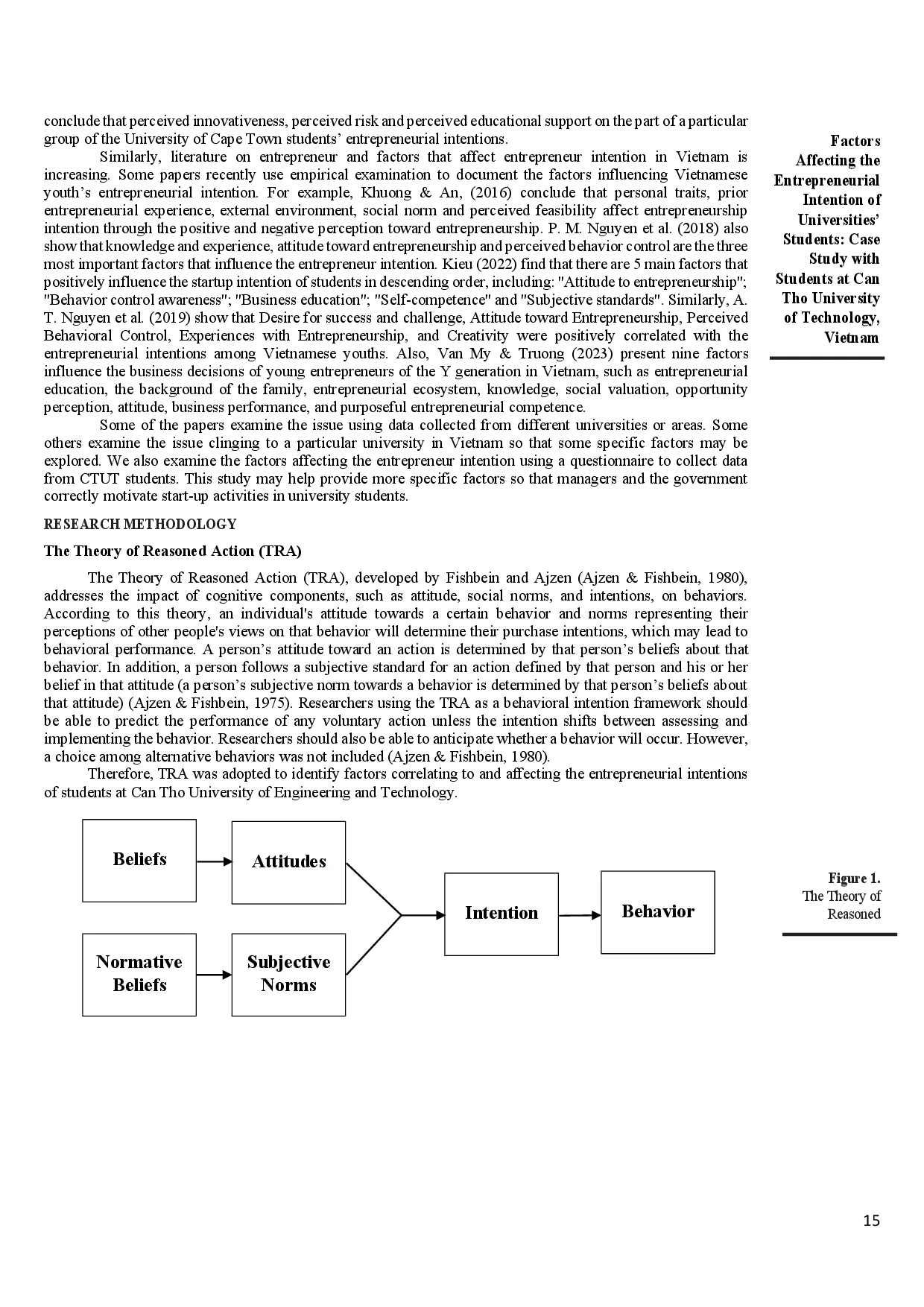AFEBIAFEBI
AFEBI Management and Business ReviewAFEBI Management and Business ReviewThe rise of digitalization has driven companies to adopt the Dual Channel Supply Chain (DCSC) model to expand market reach and improve distribution efficiency. This study aims to evaluate pricing strategies based on the level of coordination between online, offline, and reseller channels to maximize company profit. The research develops a mathematical model that incorporates three demand functions (offline, online, and reseller) and a profit objective function. Model parameters including price elasticity, cross-channel sensitivity, unit cost, and customer preferences were obtained from historical data and structured questionnaires, then optimized using MATLAB. The validated model was applied to simulate four pricing scenarios reflecting different coordination levels among channels. Simulation results show that Scenario 2, integrating coordination among online, external reseller, and offline channels, yields the highest financial performance, generating a total profit of IDR 456,955,350. This collaborative approach outperforms other scenarios by enabling synchronized pricing and promotions and expanding market coverage without requiring additional investment in distribution infrastructure. Further sensitivity analysis confirms that Scenario 2 remains the most robust across variations in key parameters such as unit cost, channel preference, and maximum demand. Therefore, a coordinated pricing strategy within the DCSC framework can serve as an adaptive and competitive solution for companies operating in multi-channel environments.
The study demonstrates that the level of coordination between distribution channels significantly impacts a companys profitability.Scenario 2, which integrates online, offline, and reseller channels, yields the highest profit.This collaborative approach enhances efficiency and responsiveness to market demand.Therefore, companies should prioritize coordinated pricing strategies within a Dual Channel Supply Chain framework to maintain competitiveness.
Further research should investigate the impact of dynamic pricing algorithms on channel coordination within the DCSC framework, exploring how real-time adjustments to prices based on demand and competitor actions can optimize profitability. Additionally, studies could examine the role of data analytics and machine learning in predicting consumer behavior across different channels, enabling more personalized and effective pricing strategies. Finally, future work should explore the integration of sustainability considerations into DCSC pricing models, assessing the willingness of consumers to pay a premium for environmentally friendly products and the impact of such pricing on overall supply chain performance. These investigations will contribute to a more nuanced understanding of DCSC dynamics and provide actionable insights for businesses seeking to optimize their multi-channel strategies in a rapidly evolving market landscape.
- Cross Channel Integration Dalam Meningkatkan Retensi Pelanggan Pada Industri Ritel | Ekonomi, Keuangan,... ejurnal.seminar-id.com/index.php/ekuitas/article/view/1220Cross Channel Integration Dalam Meningkatkan Retensi Pelanggan Pada Industri Ritel Ekonomi Keuangan ejurnal seminar id index php ekuitas article view 1220
- Coordinating a dual-channel supply chain with pricing and extended warranty strategies under demand substitution... doi.org/10.15587/1729-4061.2023.277293Coordinating a dual channel supply chain with pricing and extended warranty strategies under demand substitution doi 10 15587 1729 4061 2023 277293
- Pricing and Coordination Strategies of Dual Channels Considering Consumers’ Channel Preferences.... doi.org/10.3390/su132011191Pricing and Coordination Strategies of Dual Channels Considering ConsumersAo Channel Preferences doi 10 3390 su132011191
| File size | 867.67 KB |
| Pages | 13 |
| DMCA | ReportReport |
Related /
AFEBIAFEBI Oleh karena itu, penelitian selanjutnya sebaiknya membedakan analisis antara kelompok jurusan ekonomi dan non-ekonomi agar hasilnya lebih akurat dan dapatOleh karena itu, penelitian selanjutnya sebaiknya membedakan analisis antara kelompok jurusan ekonomi dan non-ekonomi agar hasilnya lebih akurat dan dapat
AFEBIAFEBI Penelitian ini mengkaji integrasi kerangka kerja Organizational Health Index (OHI) dan Human Capital Maturity (HCM) dalam operasi logistik maritim. MelaluiPenelitian ini mengkaji integrasi kerangka kerja Organizational Health Index (OHI) dan Human Capital Maturity (HCM) dalam operasi logistik maritim. Melalui
UGMUGM Bukti dari literatur menunjukkan penelitian tentang loyalitas pelanggan terus berkembang dan semakin terintegrasi ke dalam disiplin terkait. Studi iniBukti dari literatur menunjukkan penelitian tentang loyalitas pelanggan terus berkembang dan semakin terintegrasi ke dalam disiplin terkait. Studi ini
UGMUGM Penelitian ini bertujuan untuk mengeksplorasi perbedaan dalam frekuensi perubahan harga dan variasi harga terhadap persepsi kualitas dan keinginan membeli.Penelitian ini bertujuan untuk mengeksplorasi perbedaan dalam frekuensi perubahan harga dan variasi harga terhadap persepsi kualitas dan keinginan membeli.
Useful /
CAHAYA ICCAHAYA IC Penelitian ini bertujuan untuk meningkatkan manufaktur hijau dalam lingkungan usaha kecil dan menengah (UKM) batik dengan mengembangkan teknologi bersih.Penelitian ini bertujuan untuk meningkatkan manufaktur hijau dalam lingkungan usaha kecil dan menengah (UKM) batik dengan mengembangkan teknologi bersih.
CAHAYA ICCAHAYA IC Penelitian ini menawarkan prototipe portabel yang memanfaatkan sensor piezoelektrik pada sepatu untuk menghasilkan energi real-time, mendukung teknologiPenelitian ini menawarkan prototipe portabel yang memanfaatkan sensor piezoelektrik pada sepatu untuk menghasilkan energi real-time, mendukung teknologi
UMMUMM Dengan pendekatan sosio-hukum, penelitian ini mengkaji sejauh mana UU Pengelolaan Sampah dapat dijadikan dasar dalam penerapan ekonomi sirkular di wilayahDengan pendekatan sosio-hukum, penelitian ini mengkaji sejauh mana UU Pengelolaan Sampah dapat dijadikan dasar dalam penerapan ekonomi sirkular di wilayah
UMMUMM Penelitian ini merumuskan 17 strategi berbasis SWOT dan merekomendasikan rencana inklusi digital untuk masyarakat adat guna menjaga keberlanjutan pariwisataPenelitian ini merumuskan 17 strategi berbasis SWOT dan merekomendasikan rencana inklusi digital untuk masyarakat adat guna menjaga keberlanjutan pariwisata







